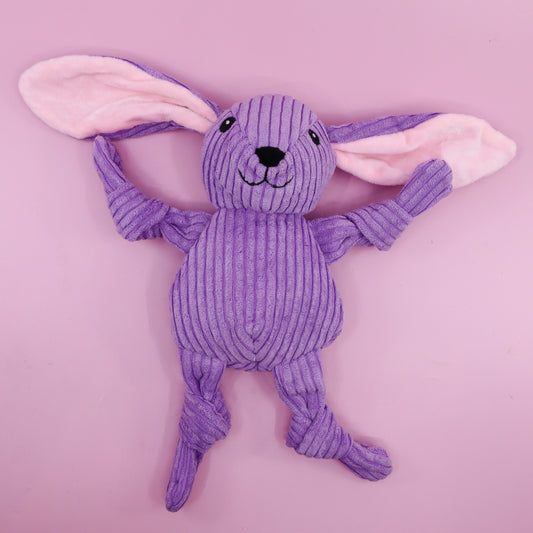CAT by Dr Lisa Slicker
CAT by Dr Lisa Slicker
Couldn't load pickup availability
Product Details
Product Details
Slicker brushes are versatile enough for all cat coats. The short bristles will grab and remove loose hairs and debris, leading to less hair ingested by your cat. A daily brush will help reduce the amount of hair shed around your home. Keep in mind that frequent brushing will reduce tangles and matting in long-haired cats. Brushing also helps improve coat shine by spreading the natural oils produced by their skin. Some cats love brushing, while others don’t, so remember to take it slow and brush small areas at a time to start. Regular brushing will also help you inspect your cat’s skin for lumps, bumps, parasites or abnormalities.
WHY YOU’LL LOVE IT:
- Made from sustainable bamboo
- Small size to suit cats
- Not tested on animals, just lovingly used on them
- Recommended and used by vets - especially Dr Lisa Chimes
HOW TO BRUSH?
Ideally cats should be brushed at least once per day in addition to their self-grooming. It’s best to brush a cat when they are relaxed. Starting with small areas at a time, gently brush away from your cat’s skin in the same direction as the coat grows. For long-haired cats, take your time to carefully untangle any knots, just as you would with your own hair. If the tangles aren’t coming out easily, try a rake to separate the knot. If you are unable to loosen the knot, it’s time to visit your professional groomer or vet. We don’t recommend using scissors to cut out knots, as sometimes you can accidently cut your cat’s skin. Some cats enjoy brushing, but if your cat is apprehensive, take it very slow and keep the experience positive – brushing small areas at a time and using treats or rewards can help.
























